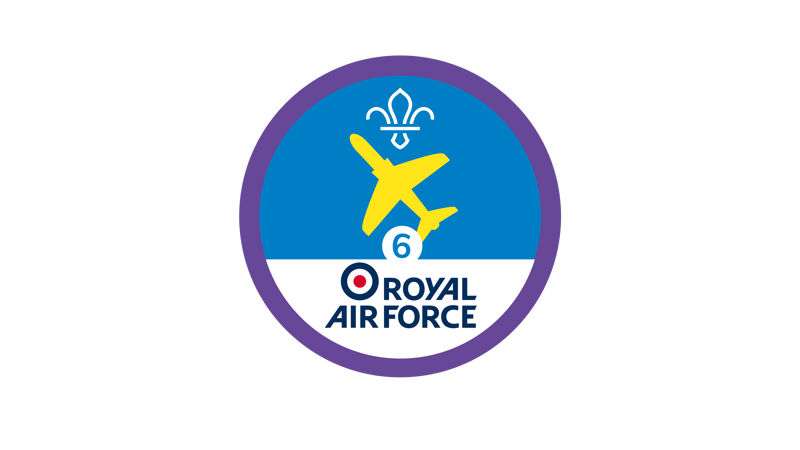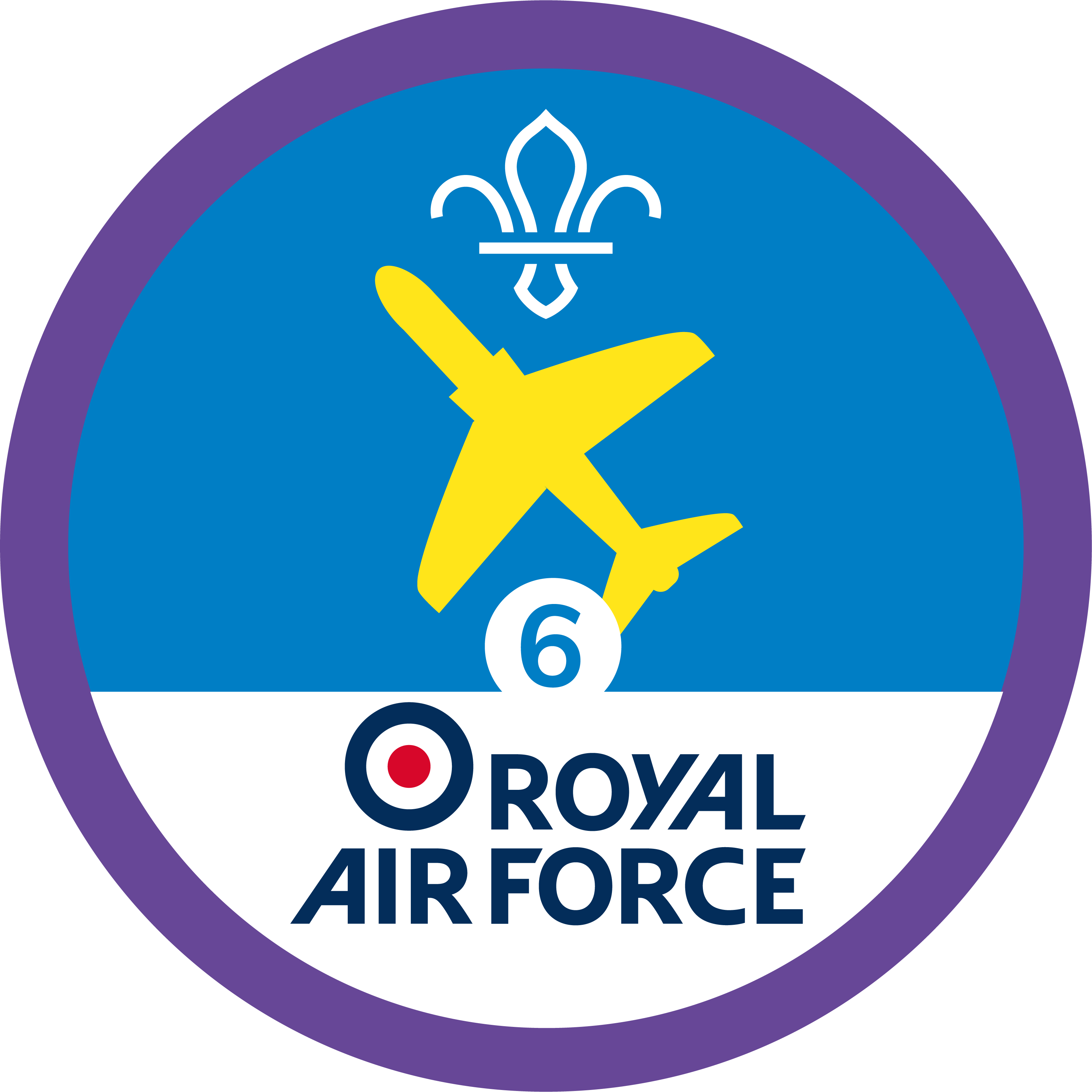
Tales of flight
You’ll need
- Access to the internet
- Camera or phone
- Pens or pencils
- A4 paper
- Tables
- Chairs

Explore emergency procedures for different aircraft.
Aircraft Owners and Pilots AssociationBefore you begin
- In the weeks leading up to this session, have everyone research and bring along with them a story of survival that involves aircraft.
- Everyone’s tale needs to include some information about emergency procedures and how to land in adverse conditions. They should look out for the proper course of action in the event of an engine failure, cable break or autorotation.
- Encourage everyone to look out for stories involving different kinds of aircraft, and to stay in contact to make sure that everyone does something unique.
- If you have a good internet connection and enough computers or phones, this research could be done at the start of the session. Leaders could also bring along printed scenarios for people to explore.
- For inspiration, you could tell the story of US Airways Flight 1549.
Run the activity
- Check that everyone has brought along a scenario to talk about, or is given one to look into before moving to the next step.
- Split into groups and sit in circles around tables. Each group will need paper and pens or pencils. Everyone should compare scenarios to check that they’re all different. If any two or more people in a group have the same scenario, swap the groups around to mix things up.
- Have each person tell each different story to the rest of their group. The person leading the activity should go around and check that technical details, emergency procedures and safety protocols are referred to in each story. Storytellers may share visual aids, like photographs and news clippings.
- After each story, groups could reflect on how the incident was reviewed afterwards, what the authorities should take away from near-misses for the future and how the bravery of crew members and passengers is acknowledged. The storyteller should note down the best of these to share with everyone else later.
- Everyone should come together and each storyteller should share the highlights of their story and the group discussions.
Reflection
Groups should already have reflected on the lessons learned in these stories when they fed back their thoughts and opinions. Was there a consensus that most incidents of a serious nature were responded to and reviewed in a way that was positive? Do emergency landings and other scenarios always lead to changes to safety procedures?
Safety
All activities must be safely managed. You must complete a thorough risk assessment and take appropriate steps to reduce risk. Use the safety checklist to help you plan and risk assess your activity. Always get approval for the activity, and have suitable supervision and an InTouch process.
- Online safety
Supervise young people when they’re online and give them advice about staying safe. Take a look at our online safety or bullying guidance. The NSPCC offers more advice and guidance, too. If you want to know more about specific social networks and games, Childnet has information and safety tips for apps. You can also report anything that’s worried you online to the Child Exploitation and Online Protection Command. As always, if you’ve got concerns about a young person’s welfare, including their online experiences, follow the Yellow Card to make a report.
Presentations to groups and everyone else could be more or less detailed, depending on the breadth of research done.
- Encourage storytellers to bring along visual aids to their stories, if this makes them easier to tell and listen to.
- Explain any technical terms and avoid jargon where possible.
All Scout activities should be inclusive and accessible.
If you know any pilots, or can get in touch with an experienced flyer, invite them along to the session to share their own experiences and opinions of the scenarios discussed.
Young people were free to select their own scenarios to research and discuss.
